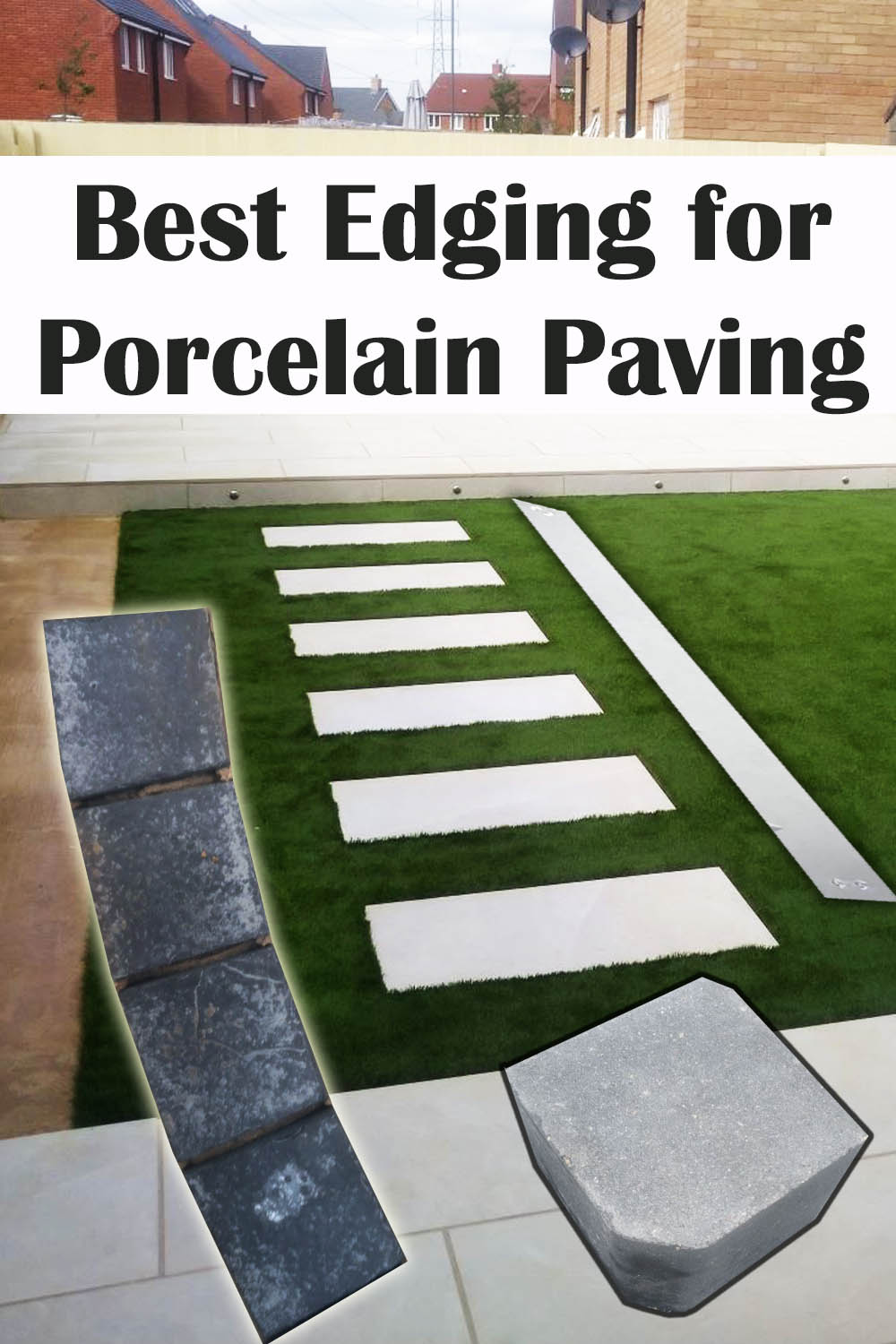|
This article contains affiliate links
Concrete is probably one of the most versatile building materials ever discovered by mankind.
It has the ability to be moulded into almost any shape or form adhering to any design. Concrete also has a high compressive strength making it perfect for load bearing structures and surfaces. It is no surprise that concrete garden edging has multiple applications within the landscaping sphere. In this article I will list and summarise some of the best concrete garden edging blocks for garden landscaping. Block paving
Block paving is a pre-cast concrete paving traditionally used to surface driveways and car-ports. These paving blocks lock together tightly laid upon a compacted bed of sharp sand. The extreme popularity of these pavers has led to a diverse array of paving products on the market. Block paving now comes in styles catering for contemporary, traditional and even historical themes. Such a broad range has also made them an extremely popular choice for garden edging. Block paving is now widely utilised for edging lawns, flower borders and pathways. Kerb edging stones
Kerb edging stones are large concrete edging blocks typically manufactured to accompany block paving. These robust kerbs are traditionally used to lay retaining edging to steps, low walls and beds. Kerb edging stones come in a broad variety of block shapes ranging from bull-nose to curved and chambered. Being large and bulky these concrete edgings can really inject some impact to your garden landscaping. They are particularly useful for creating gradual level changes to sloping ground. Concrete block edging
Concrete block is a typical building material and common in some form worldwide. These pre-cast concrete blocks are 'non-facing' meaning they will be clad, tiled, rendered or painted. This gives them much versatility in terms of look and design style. Not only are concrete blocks relatively inexpensive they can be laid to any form. Blocks can easily be cut down to form curves and fit into any specification. This makes them extremely useful for creating concrete garden edging. Laid blocks can provide retaining features, borders and low wall landscape edging. Path edging kerbs
Path edging kerbs are long and narrow concrete edging kerbs designed to retain pathways and landscape surfaces. These concrete edgings typically come in a standard size of approximately 1m x 150mm x 50mm. However these edging kerbs can actually be utilised in a number of ways to provide robust edging. Most notably kerbs are used for retaining edges to hard standings and dividers between neighbouring surfaces. Path edging kerbs also come in more decorative products with patterning and differing colour tones. In-situ concrete garden edging
In-situ concrete simply means concrete mixed, laid and formed on site. Typically large concrete installations are formed this way, for example buildings and skate parks. However there is also a place for in-situ concrete when it comes to garden edging. Garden edgings can be formed in-situ using formwork or shuttering. This type of concrete garden edging is great for bespoke edging work and flowing designs. However, most in-situ concrete edgings will require a level of reinforcement and expansion added during construction.
Thank you for reading our article on the best concrete garden edging blocks.
Below I will link to some of our other articles you may find relevant. If you require fencing or gate post installation do not hesitate to contact us. Based in Amersham we undertake a wide range of garden landscape projects. Our landscaping services include; brickwork, paving, pathways, edging installation, fencing, drainage systems, landscape design, garden clearances, new lawns garden re-levelling, ponds, wildlife gardens and gravel installation. We cover most of Buckinghamshire including Hertfordshire, Oxfordshire and the local regions of Amersham, Aylesbury, Beaconsfield, Chesham, Chalfont Great Missenden, Gerrards cross, High Wycombe & Tring
'As an Amazon Associate I earn from qualifying purchases'
0 Comments
Leave a Reply. |
The Author
|
Landscaping services across Buckinghamshire, Amersham, Aylesbury & High Wycombe
Hyde Heath, Amersham, Buckinghamshire |
|










